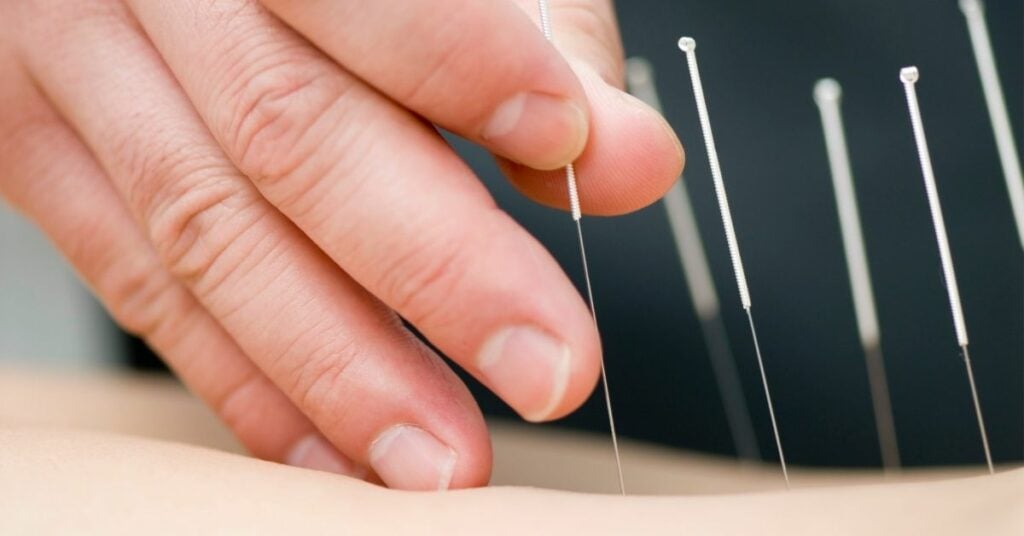What is havening, and is it effective?
Reviewed by Stephanie Steinman, PhD, CSAC

Havening, also known as “the havening techniques,” is a type of alternative therapy that uses touch (called “havening touch”) and other distraction techniques to promote psychological healing. It was developed by Ronald Ruden, MD, PhD, and his brother, Steven Ruden, DDS, in the early 2000s.1
This type of therapy is based on the premise that sensory input can help rewire neural pathways attached to people’s distressing thoughts or memories, reducing the emotional intensity of their response. However, havening is a relatively new form of treatment, and there isn’t a lot of research to support its effectiveness.
How does havening touch work?
Havening touch involves stroking the arms, face, or hands while focusing on a specific issue (such as a negative memory, a feeling, or a positive affirmation). This is believed to promote deep relaxation and help people detach from upsetting emotions. It differs from hypnotherapy because clients stay awake and fully conscious during treatment.
What to expect from a session
A typical session might involve the following steps:
- You’ll rate your current level of emotional distress on a scale of 1 to 10.
- You’ll be asked to clear your mind or think about something positive or relaxing.
- You’ll be instructed to cross your arms over your chest and rub your hands up and down your arms.
- You’ll be guided through a visualization exercise.
- You’ll complete a series of eye movements.
- You or your practitioner will perform a series of touches to your forehead, hands, or arms while you hum a simple song.
- You’ll be asked to rate your distress level again, and your practitioner may repeat the process until your self-rated level of distress is zero.
Self-havening
For minor stress or anxiety, you can use some havening techniques on yourself without the assistance of a practitioner. For instance, you can gently stroke the palm of your hand using back-and-forth movements with your other hand, or you can stroke your forehead.
What is havening intended to address?
Havening is an unproven technique, so it’s not recommended as a stand-alone treatment for serious mental health conditions. That said, it can be used as a complementary therapy alongside established mental health treatments, such as psychotherapy or medication.
Advocates claim that havening techniques can help address issues including:2
- Stress
- Anxiety
- Depression
- Posttraumatic stress disorder (PTSD)
- Panic
- Phobias
- Grief and sadness
- Chronic pain
- Disordered eating
- Substance misuse
Is it effective?
The biggest concern with havening is that it lacks scientific evidence. Very few studies confirm its effectiveness, relying mostly on anecdotal evidence. This makes it challenging to establish solid therapeutic claims.
In a small recent study of 24 people, a single havening session seemed to help participants feel less upset immediately after the session, as well as two weeks later. Participants who received touch as part of the session seemed to gain greater benefit.3
While more research is needed to determine whether or not havening works, there’s evidence to support some of the technique’s underlying assumptions—such as the idea that touch can influence our mental processing.4
Risks associated with havening
Because havening involves touch, be sure to consider your comfort level and history with touch before seeking treatment. Also note that when this technique is used to navigate past trauma, it may cause emotional distress.
According to practitioners, some clients have reported temporary side effects, including:5
- Emotional numbness
- Lightheadedness
- Muscle tension
- Irritability
How to decide if havening is right for you
Unlike traditional talk therapy, which involves discussing and analyzing past experiences, havening doesn’t necessarily require you to disclose your experiences if you choose not to. This can make it a more comfortable option for those who prefer not to share personal information. But havening may not benefit everyone, and it shouldn’t be used as a replacement for evidence-based mental health treatment.
Evidence-supported therapies that also incorporate touch or body sensations include:
- Eye movement desensitization and reprocessing (EMDR), which uses eye movement to help clients reduce emotional pain associated with traumatic memories.
- Mindfulness-based stress reduction (MBSR), which incorporates mindfulness practices such as body scans to help relieve stress and improve overall well-being.
- Somatic therapy, which involves working with the body to explore how tension and trauma may be affecting a client.
A mental health professional can help you decide what kind of therapy may be most helpful for your needs. Visit our directory to connect with a licensed provider near you.
Sources
About the author
The editorial team at therapist.com works with the world’s leading clinical experts to bring you accessible, insightful information about mental health topics and trends.
Related articles

How nature therapy benefits mental health
Spending time in the natural world is healing for our minds and our bodies...

10 natural remedies for anxiety
Natural remedies for anxiety offer a potential alternative to medication...

Hypnotherapy: What it is, benefits, success rate, and risks
Hypnotherapy is an alternative form of therapy in which clients are guided into...

What does acupuncture do, exactly?
Acupuncture is a healing practice of Chinese medicine that stimulates your...